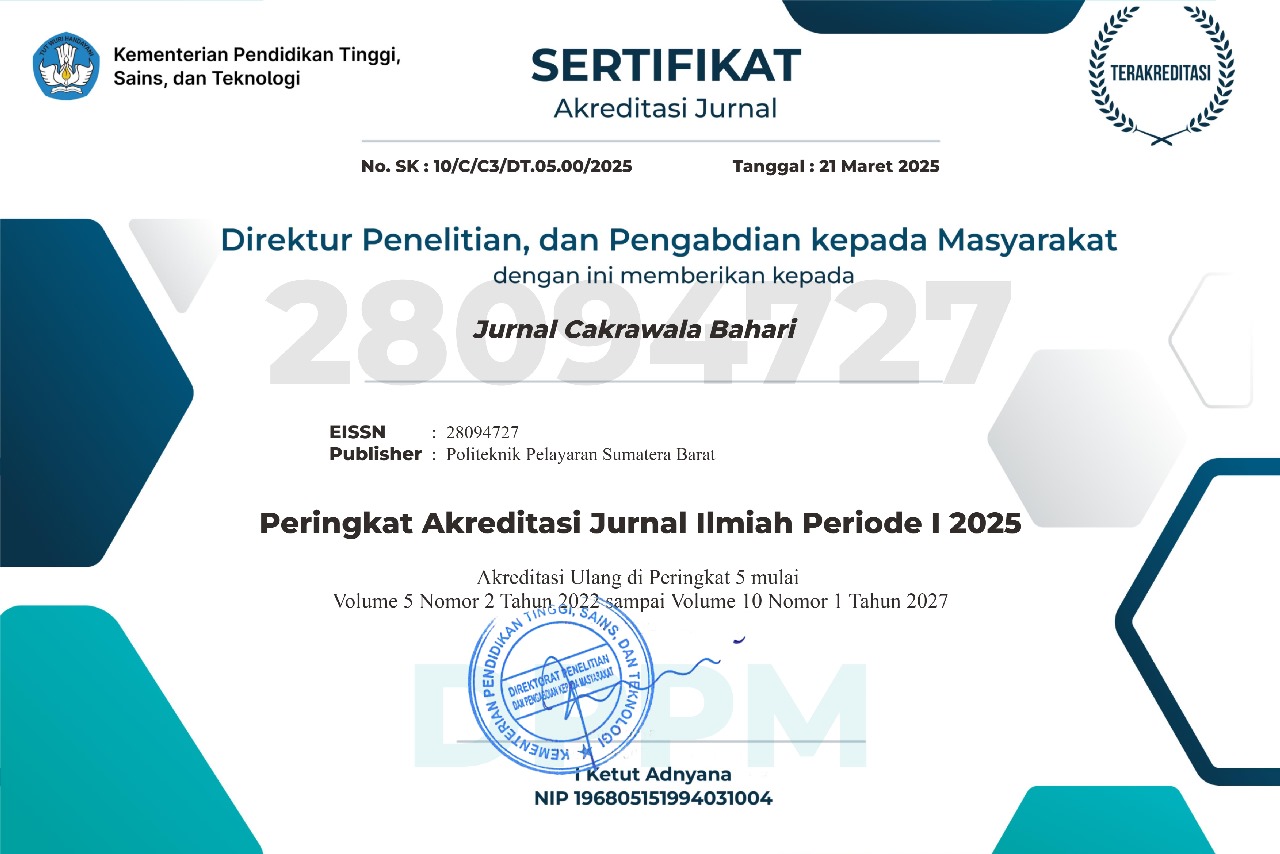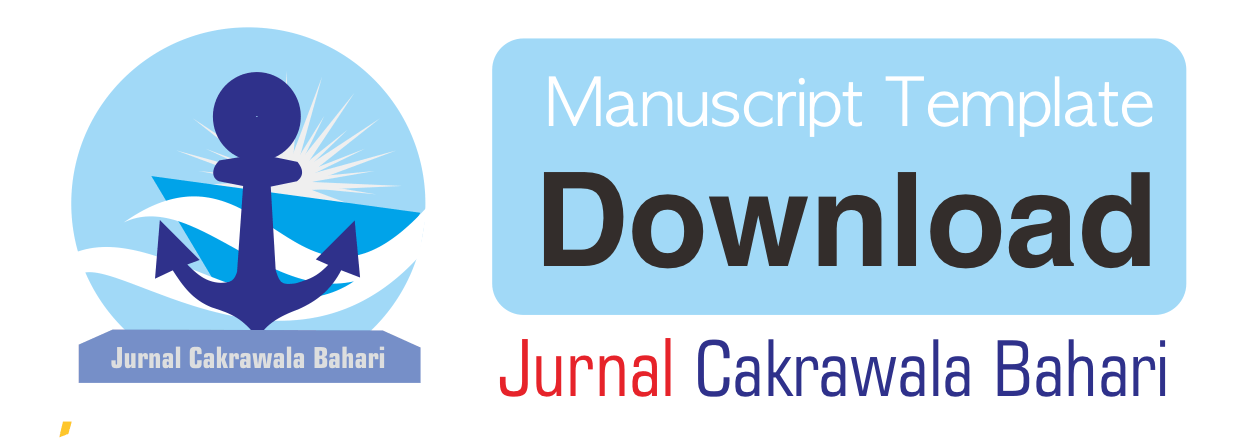Peningkatan daya saing transportasi laut melalui inovasi dan SDM maritim sekolah pelayaran Indonesia
DOI:
https://doi.org/10.70031/jkb.v8i1.148Abstract
This research delves into the ways Indonesia can enhance the competitiveness of its maritime transport industry through innovation in nautical education and human resource development in nautical schools. Utilizing a qualitative journal review, global publications, and UNCTAD, ILO, World Bank, and Statistics Indonesia (BPS) official data, the study confirms that new learning facilities in the shape of bridge and engine room simulators, computerized curricula, and harmonization with the STCW Convention increase the technical competence of cadets. Human resource development through global certification, trainer development, and competency-based courses also increases Indonesian graduates' employability globally. From a sectoral viewpoint, performance is also positive, at 21.5 million passengers and a growth of 5.2% in cargo handling in 2023. Nevertheless, Indonesia remains at position 61 in the 2023 Logistics Performance Index, below its regional neighbors Singapore and Malaysia. Major issues include uneven logistics distribution, no competition in port terminals, and a lag in human resources compared to global standards. Overall, the study shows that maritime competitiveness improvement requires more synergy between logistics policy reform, human resource development, and educational innovation. Improving these areas will not only develop the quality of maritime graduates but also lead Indonesia to achieve its long-term goal of being a global maritime hub.
Downloads
Downloads
Published
How to Cite
Issue
Section
License
Copyright (c) 2025 KHAIRANI AISYA REGINA, Yuna Sutria

This work is licensed under a Creative Commons Attribution-ShareAlike 4.0 International License.







